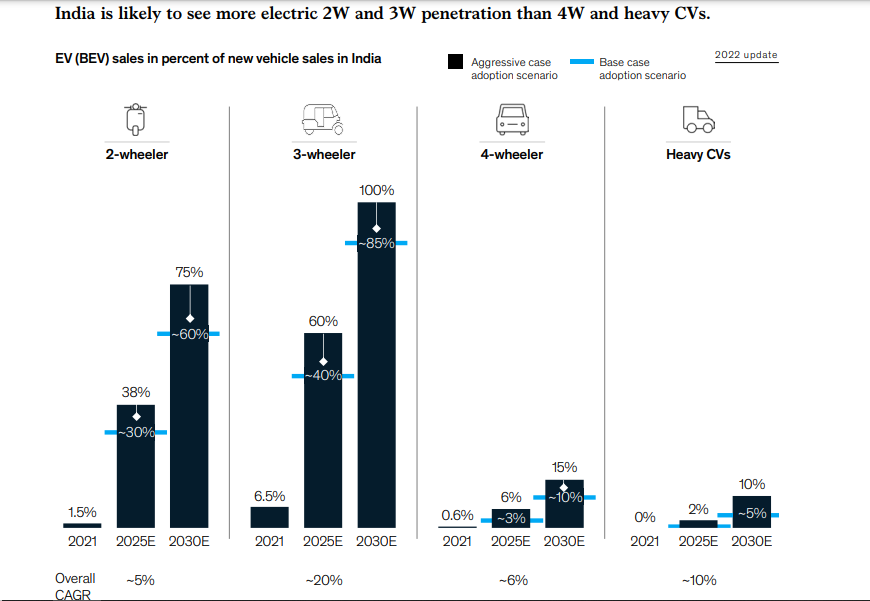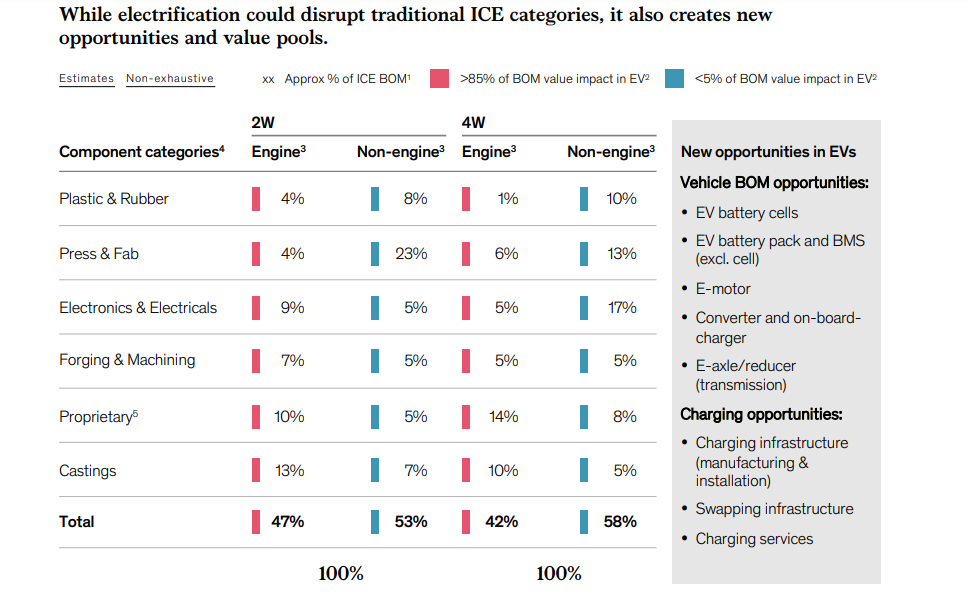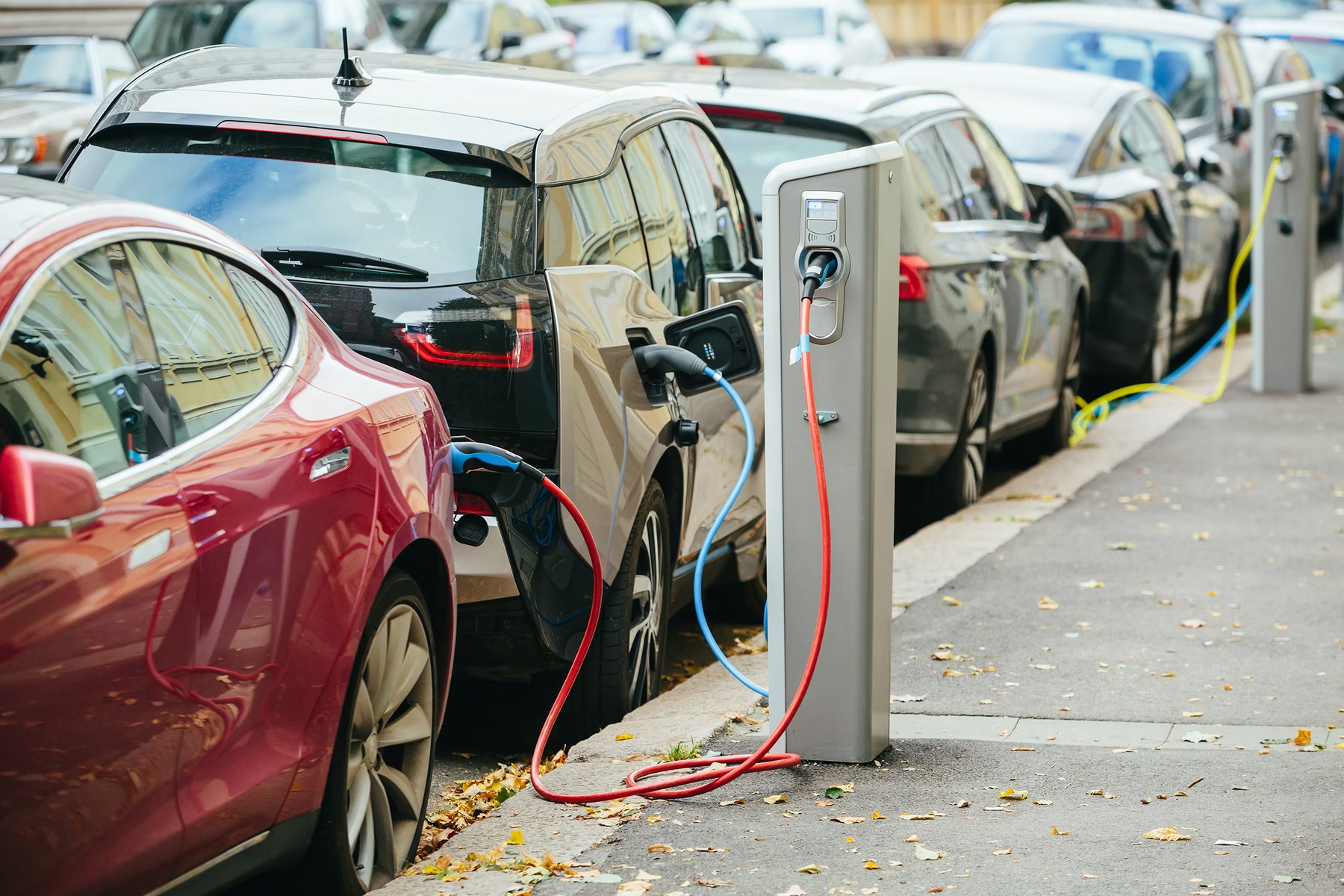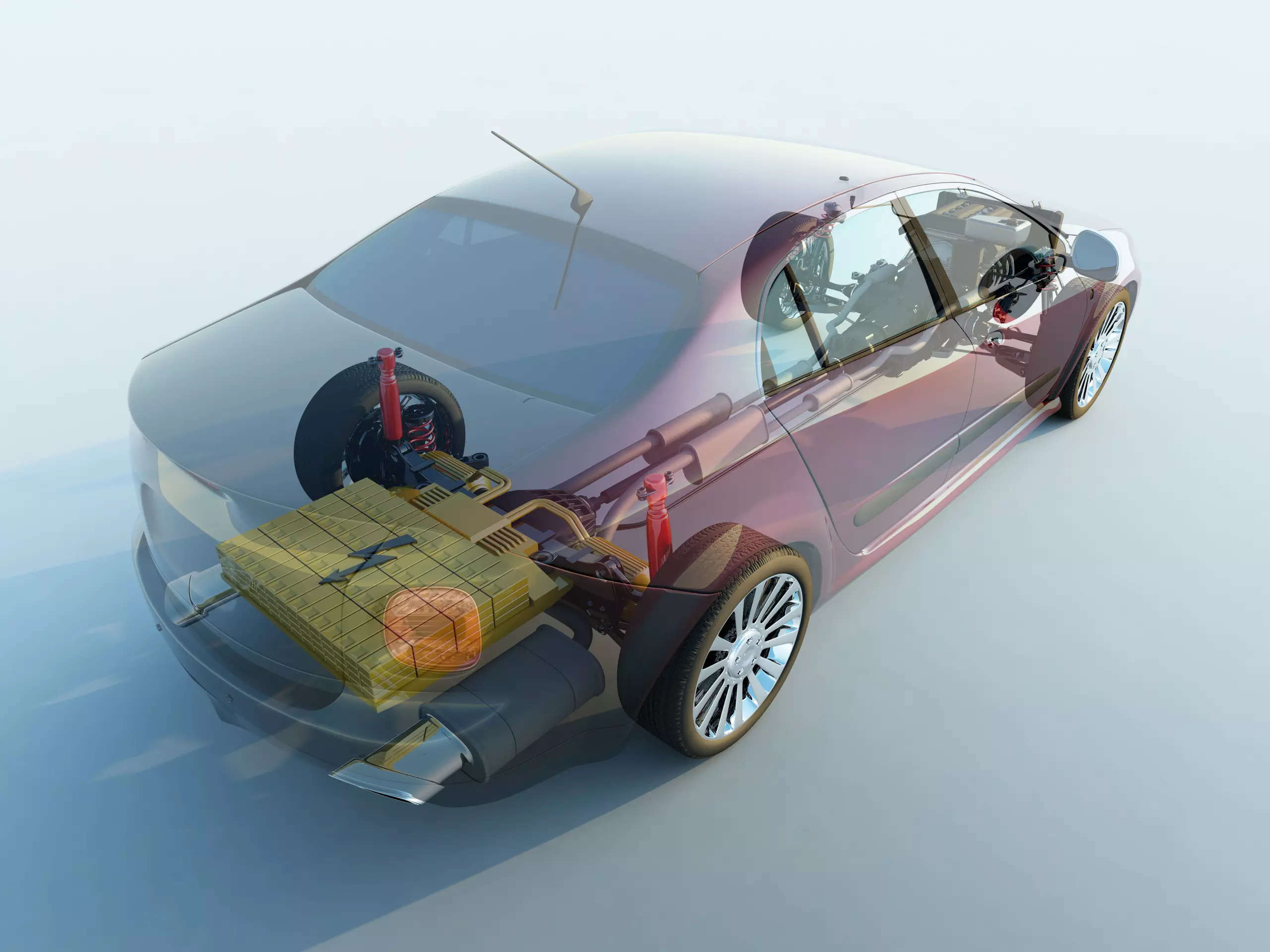
New Delhi: The USD 56.5 billion crore auto component industry is staring at an opportunity of about USD 135 billion by 2030 driven by continuous improvement and global expansion of internal combustion engine (ICE) coupled with innovations in emerging technologies, according to a joint study by ACMA and McKinsey.
The study has identified three areas that could help the auto parts industry to adapt to the emerging technological shifts.
According to the report, continuous improvement and expansion in traditional ICE play within India outlines a USD 35 billion to USD 45 billion opportunity by 2030. The study noted broadening opportunities within the automotive market like two and three-wheeler suppliers (facing early electrification) pivot into segments that are going to gradually electrify.
“Capture opportunities in automotive-like adjacent sectors, e.g., construction and mining equipment, rolling stocks for railways/metros, defence sector, etc. – all of which are growing and have a sizable market,” the report added.
The study estimates that sales of new electric two-wheelers and electric three-wheelers could grow to 50% and 70% respectively by 2030. “ICE will continue to dominate the Indian PV and HCV landscape, with slower electrification. Electric PVs and HCVs are expected to account for 10% to 15% and 5% to 10% percent of new vehicle sales respectively by 2030,” the report highlighted.
Secondly, the report estimates that a global expansion within current ICE categories gives a USD 35 to 50 billion opportunity by 2030. Auto parts suppliers should expand exports on the strength of shifting supply chains, as companies seek greater resilience by diversifying beyond traditional geographies.
The Indian companies could capture opportunities in areas where India has traditional advantages and exports are growing faster than competing suppliers from other geographies. These include categories such as forgings, castings, gear box parts, suspension parts, axles, wheel rims, it added.
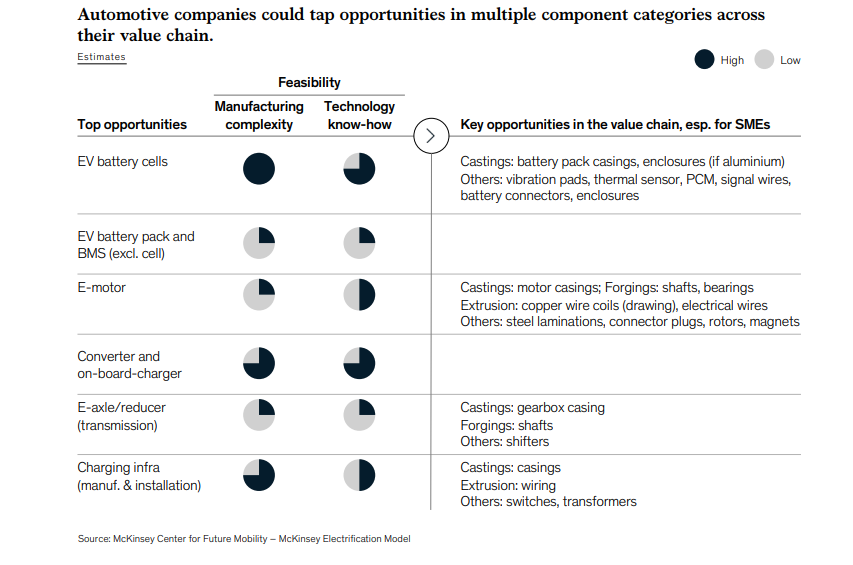
With faster EV penetration, the report noted that the US and EU markets will likely lose economies of scale to locally manufacture traditional component categories (forgings, castings, etc.) due to low demand volumes and high variety.
“Make the most of the global component manufacturing rebalancing opportunity due to electrification. India-based players could serve these markets, leveraging the lower-cost labour advantage,” it highlighted.
Lastly, innovation in newer opportunities and a global play is a USD 25 to 40 billion opportunity by 2030. As per the report, the auto component players should occupy emerging white spaces in EV categories, e.g., supply chain of battery cell, battery pack manufacturing, e-motor supply chain, e-axle/reducer, electrical and electronics for EVs and charging infrastructure.
“Expand into downstream service use-cases and their delivery, especially connectivity, where India has advantages to make a global play – software capabilities, application engineering capabilities and lower cost base,” the report said.
According to early estimates, the report also mentioned a transition to EVs could impact up to 50% of ICE bill of material (BOM) components. This could disrupt the portfolio of incumbents in traditional ICE component categories.
This disruption could be an opportunity too – creating multiple whitespaces for companies to cater to the new EV BOM needs and generate avenues to serve markets outside India in both ICE and EV component categories. These will represent new or expanded value pools, which players can capture by pivoting and diversifying with agility, the report highlighted.
Read More:



